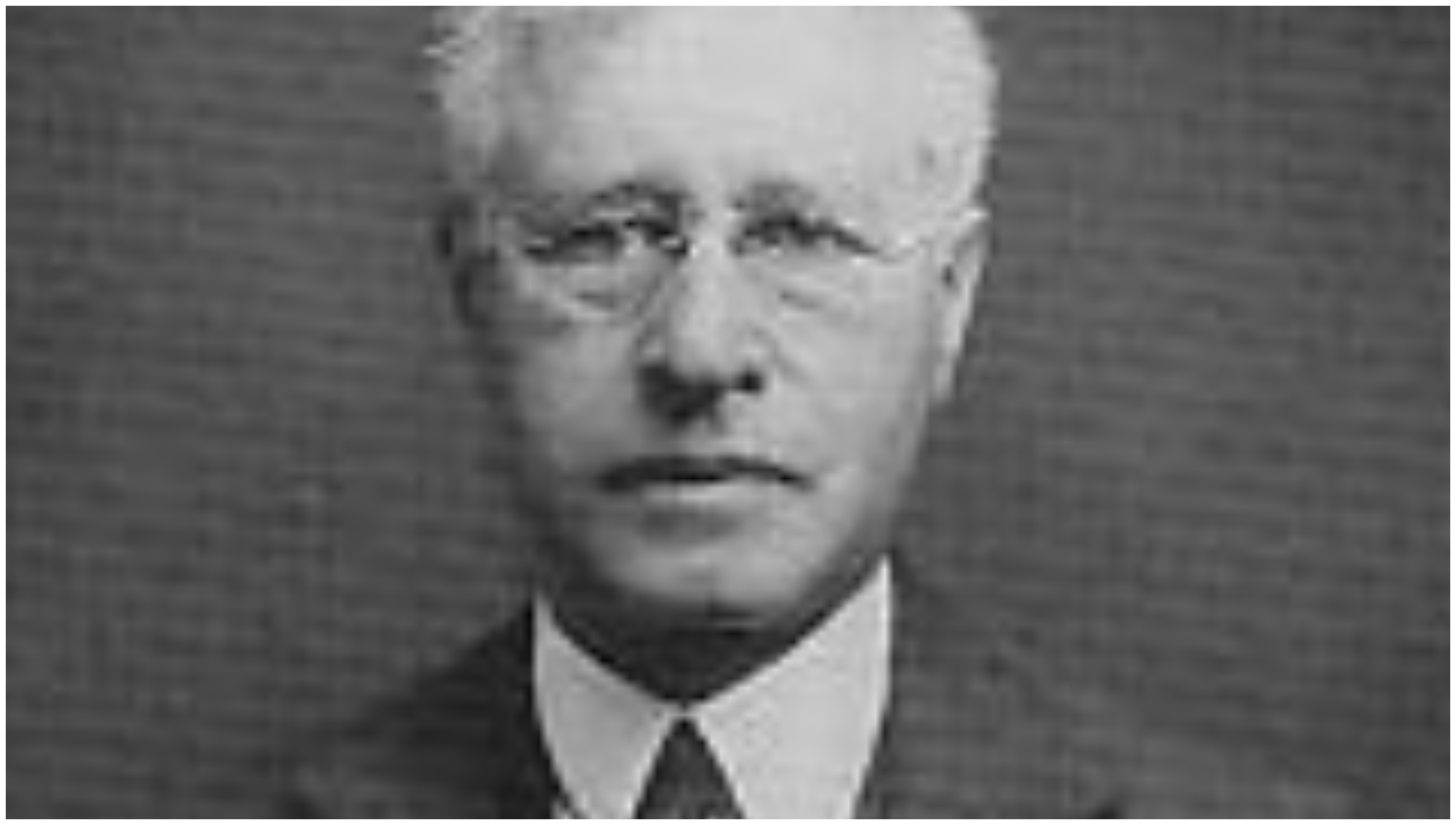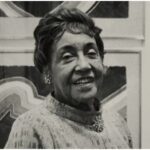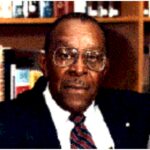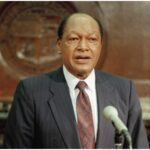John Hope was a leading African American educator and civil rights advocate during the early 1900s. He served as the first Black president of Morehouse College starting in 1906, a school famously known as the alma mater of Martin Luther King Jr. Later, in 1929, Hope became the first African American president of Atlanta University, now known as Clark Atlanta University. Throughout his career, Hope worked to improve education and civil rights for African Americans across the South.
Early Leadership at Morehouse College
Hope took the helm at Morehouse College during a critical time. He led the institution with a vision to provide quality education for Black men when segregation and inequality were widespread. His presidency marked a new era for the college, strengthening its reputation as a premier center for African American higher learning. Under his guidance, Morehouse prepared many future leaders and activists who shaped the civil rights movement.
In addition to his work at Morehouse, Hope connected with notable figures such as Booker T. Washington and W.E.B. Du Bois. He was also deeply involved in civil rights groups like the NAACP and the Niagara Movement. These connections helped him push for greater justice and equal opportunities for Black Americans beyond the classroom.
Transforming Atlanta University with Graduate Education Focus
When Hope became president of Atlanta University in 1929, he led a major transformation. He shifted the college’s focus to graduate education, making it the first school in the U.S. dedicated exclusively to advanced degrees for African American students. This move opened doors for Black scholars to pursue higher education and professional careers that were largely inaccessible at the time.
Hope’s leadership extended beyond education. He actively supported public education, housing, healthcare, job opportunities, and recreational facilities for Black communities in Atlanta and beyond. During a period when many African Americans were forced to accept segregation, Hope stood firm in his commitment to full civil rights.
Challenges Balancing Education and Activism
Hope faced many challenges balancing his duties as a college president with his role as a national civil rights leader. He often struggled with the pressure of losing talented faculty to civil rights organizations like the NAACP. While he was invited to join these groups full-time, Hope chose to remain focused on education. His decision showed his belief in education as a key path to equality.
At times, Hope’s activism created tension with white philanthropists who supported Black colleges. Despite these difficulties, he remained influential, shaping African American higher education much like Booker T. Washington did with vocational training.
Early Life and Education Shaped Hope’s Vision
Born in 1868 in Augusta, Georgia, John Hope’s background was unique. His father was a Scottish immigrant and successful businessman. His mother was a free African American woman. Although Georgia’s laws forbade interracial marriage, his parents lived openly as a married couple. This heritage connected Hope to a small, elite Black community with deep roots before the Civil War.
Hope’s education began with challenges. He left school after eighth grade to help his family but later returned to complete his studies. He attended a prep school in Massachusetts and earned a bachelor’s degree from Brown University in 1894. These experiences fueled his passion for education and social justice.
Legacy and Lasting Impact
John Hope passed away in 1936 at age sixty-seven. His legacy lives on through the institutions he led and the generations of students he inspired. His papers are preserved at the Robert W. Woodruff Library in Atlanta, keeping his story alive for future scholars.
Hope’s work laid important groundwork for African American education and civil rights in the 20th century. His leadership helped shape the path toward equality by empowering Black students and communities through knowledge and activism.






Leave a Reply